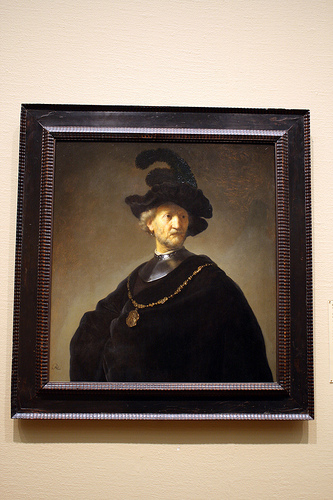The Art of Painting Vermeer

Photograph by quinn.anyaon Flickr.
Vermeer was unusual in being a Catholic in a predominantly Protestant Netherlands. The Art of Painting Vermeer The painting was then inherited by Gerard s also-famous son Gottfried van Swieten, and later passed into the hands of Gottfried s heirs. After the Nazi invasion of Austria, top Nazi officials including Reichsmarschall Hermann Göring attempted to acquire the painting.
It was published by Claes Jansz Visscher in The Art of Painting Vermeer 1636. Experts attribute symbolism to various aspects of the painting. The subject is the Muse of History, Clio. It is the largest and most complex of all of Vermeer s works. The painting is famous for being one of Vermeer s favourites, and is also a fine example of the optical style of The Art of Painting Vermeer painting, offering a realistic visual depiction of the scene and especially the effects of light streaming through the windows on various elements of the painting. The painting depicts a painter painting a female subject in his studio, by a window, with a large map of the Netherlands on the wall behind. The The Art of Painting Vermeer painting has only two figures, the painter and his subject.
The painter is thought to be a self-portrait of the artist, though the face is not visible. A number of the items shown in the artist s studio are thought to be somewhat out of place. This is evidenced by her wearing a laurel wreath, holding a trumpet (depicting fame), possibly carrying a book by Thucydides, which matches the description in Cesare Ripa s 16th century book on emblems and personifications titled Iconologia. The double headed eagle, symbol of the Austrian Habsburg dynasty, former rulers of Holland, which adorns the central golden chandelier, may have represented the Catholic faith.
The painting is on display at the Kunsthistorisches Museum in Vienna, Austria, where it has been since it was acquired by the Austrian government in 1946. . The marble tiled floor and the golden chandellier are two examples of items which would normally then be reserved for the houses of the well-to-do. The map in the background is of the Seventeen United Provinces of the Netherlands, flanked by views of the main centres of power.
The executor of Vermeer s estate, the famous Delft microscopist Anton van Leeuwenhoek, determined that the transferral of the work to the late painter s mother-in-law was illegal. It is not known who owned the painting for most of the 18th century. The absence of candles in the chandelier might represent the suppression of the Catholic faith. The map on the back wall has a rip that divides the Netherlands between the north and south.
It is now the property of the State of Austria. In August 2009 a request was submitted by the heirs of the Czernin family to Austria s culture ministry for the return of the painting. It ultimately was acquired by the eminent Dutch physician Gerard van Swieten.
(West is at the top of the map, as was the custom.) The rip symbolizes the division between the Dutch Republic to the north and the Habsburg controlled Flemish provinces to the south. In 1676, his widow Catharina bequeathed it to her mother, Maria Thins, in an attempt to avoid the sale of the painting to satisfy creditors.
Many art historians believe that it is an allegory of painting, hence the alternative title of the painting. A previous request was submitted in 1960s however it was rejected on the grounds that the sale had been voluntary and the price had been adequate. A 1998 restitution law which pertains to public institutions has bolstered the family s legal position.
The painting was rescued from a salt mine at the end of World War II in 1945, where it was preserved from Allied bombing raids, with other works of art. The Americans presented the painting to the Austrian Government in 1946, since the Czernin family were deemed to have sold it voluntarily, without undue force from Hitler. On Dali s painting we can see the image of Vermeer viewed from his back re-created as a strange kind of table. The painting is considered a work with significance for the artist because the painter himself did not part with it or sell it, even when he was in debt.
It was finally acquired from its then owner, Count Jaromir Czernin by Adolf Hitler for his personal collection at a price of 1.65 million Reichsmark through his agent, Hans Posse on November 20, 1940 .
